Ours is a holistic approach that does not hinder the physiological processes of the body. It's an approach that encourages the restoration of balance, by combatting the causes of symptoms as efficiently as possible and ensuring fast relief.
Symptoms and relief
SELECT YOUR NEED
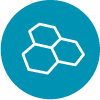
Skin
THE SKIN: A SPECIAL ORGAN WE MUST CARE FOR
The skin is the largest organ in the human body, accounting for about 15 percent of our total body weight.
It is an external cover for the entire body, but because of its structure and functions, it is much more than just a wrap that protects the organs inside the body: it is of critical importance for survival, comparable to the heart, lungs and liver.
THE SKIN'S STRUCTURE
The skin is conventionally divided into 3 layers, which have different origins and structures:
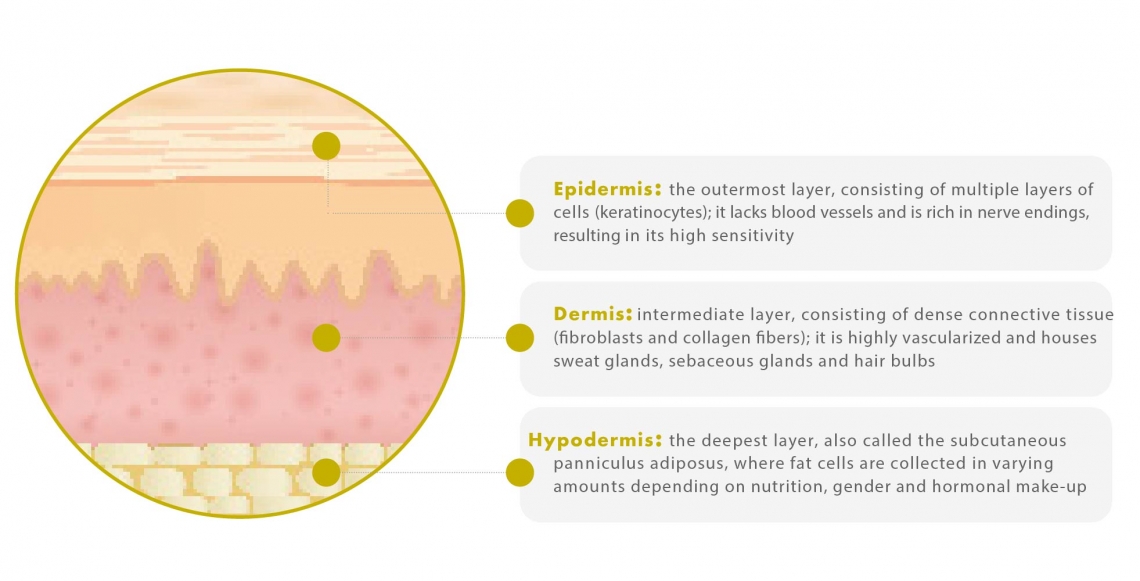
FUNCTIONS
The skin fulfills a wide variety of functions:
- METABOLIC: the synthesis of nucleic acids, mucopolysaccharides, lipids and pigmented substances takes place within the epidermis;
- BARRIER: the stratum corneum of the epidermis regulates skin permeability, and thus both protects the body from the indiscriminate penetration of water and various substances, and also regulates the uncontrolled loss of water;
- IMMUNOLOGICAL: the skin, in addition to being a target site of extracutaneous immunologic reactions, is an organ that can mount autonomous immune responses; dendritic cells and T lymphocytes are located within the skin; in addition, keratinocytes also have immunocompetent functions;
- ENDOCRINE: the skin is the location of vitamin D synthesis, which is essential for controlling the amount of Calcium and Phosphorus absorbed through the intestines and used by the bones;
- SENSORY: the skin has rich nerve connections that transmit information about touch, pressure, heat, cold, and pain to the CNS;
- THERMOREGULATORY: through the regulation of venous flow (vasodilation/vasoconstriction), the skin controls body temperature and the dissipation of heat produced by the body;
- PHOTOPROTECTIVE: the stratum corneum of the skin can reflect 5% of UV and visible radiation, while the rest is absorbed by melanin;
- EXCRETORY: through sweat, the skin also eliminates many metabolic products, including nitrogen compounds.
THE SKIN AS A MIRROR OF HEALTH
The multiple activities performed by the skin, and thus its functionality and resulting state of well-being, are closely dependent not only on the different cellular components subdivided into the various layers, but also on the SKIN MICROBIOTA.
This is the set of microorganisms (viruses, bacteria and fungi) that populate the skin surface and live in symbiosis with it, contributing to the skin's immune defenses through:
- maintenance of the skin's acidic pH (within the range of 4.7 - 5.75)
- production of bacteriocins
- physical obstacle by occupying adhesion sites
The skin microbiota is closely related to the intestinal microbiota, and an altered qualitative and/or quantitative composition of gut bacteria together with an impaired barrier function are seen at the skin level through:
- the secretion of substances which go into the bloodstream and can reach distant sites, including the skin;
- migration of bacteria from their original site;
- immune system alterations
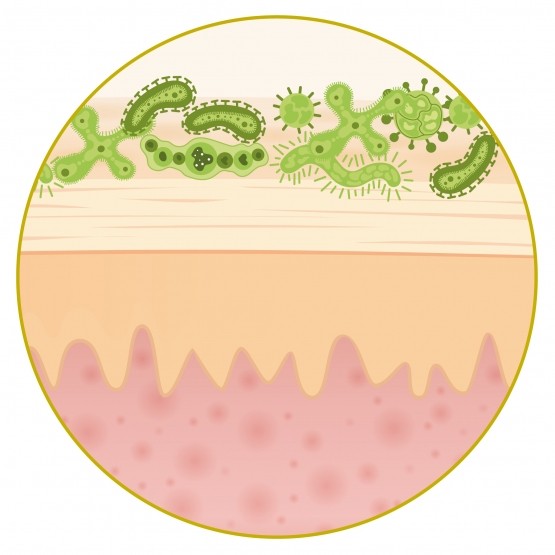
INTESTINAL MICROBIOTA PLAYS A CENTRAL ROLE IN THE GUT-SKIN AXIS, SO ITS IMBALANCE IS ASSOCIATED WITH MANY SKIN PROBLEMS
CAUSES OF ALTERATION:

SKIN PROBLEMS
Skin problems are rather frequent conditions, amounting to one of the main areas of clinical activity among general practitioners.
Skin lesions can be visible and affect a person's appearance to such an extent that they carry a heavy burden of suffering, affecting their body image and self-esteem: the psychological impact is increasingly significant, especially among teenagers.
Irrespective of their nature, they manifest with various common symptoms and signs:
PAIN, ITCHING, A BURNING SENSATION, BLISTERING, SWELLING, THICKENING OF THE SKIN, PEELING, CHANGES IN SKIN PIGMENTATION OR COLOR
While children and the elderly are the most affected individuals, skin disorders are also increasingly on the rise among teenagers and adults.
Itching is the most unpleasant symptom common to most skin problems. It is a symptom to be taken very seriously: by inducing scratching as a protective reflex, it inevitably leads to the development of a skin lesion.
THE DISRUPTION OF THE SKIN BARRIER
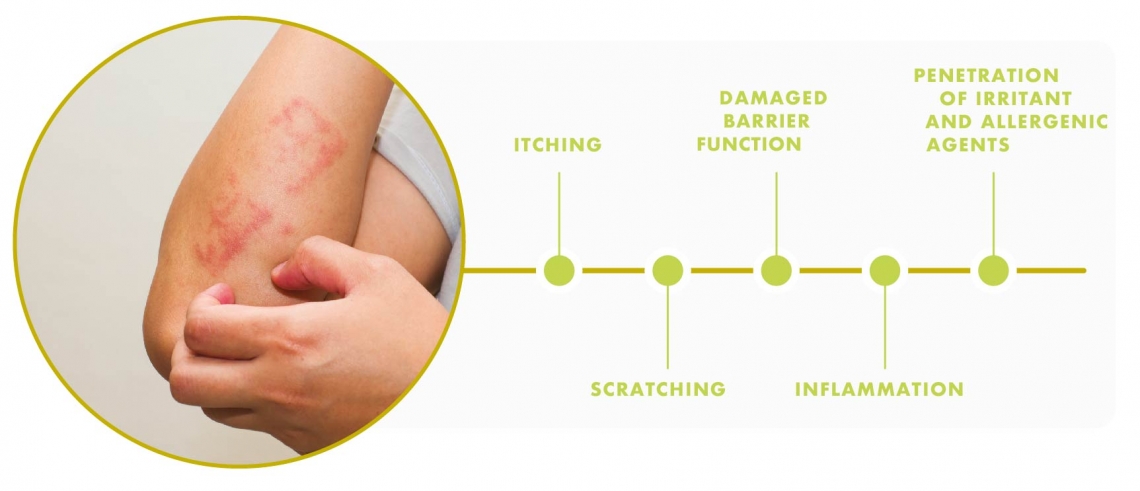
- Itching caused by dry skin, irritants, etc. induces the urge to scratch in affected individuals, thus compromising the skin barrier.
- The epidermal strata thus become more vulnerable and are exposed to infection from the external environment.
- Infection by bacteria, fungi or other pathogens causes irritation and, thus, more itching, triggering a vicious cycle.
BROAD-SPECTRUM ANTIMICROBIAL ACTION
GRAPEFRUIT SEED EXTRACT (GSE)
It has extraordinary broad-spectrum antimicrobial properties, making it indispensable for controlling the microbiological balance of the skin areas where it is applied, protecting the irritated area from bacterial and/or fungal infections. Its selective, broad-spectrum effect makes it a widely-used remedy.
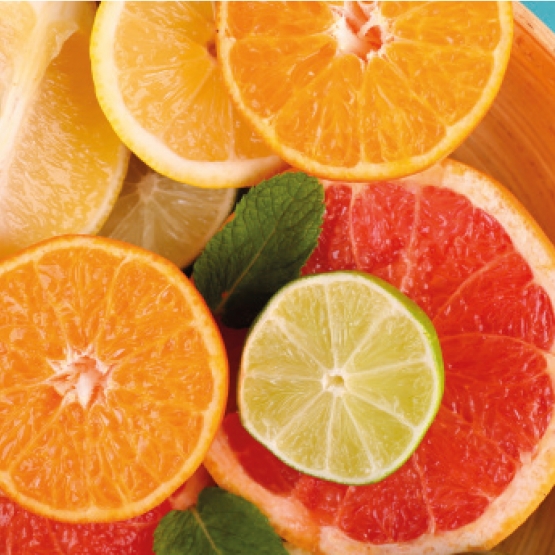
ANTI-INFLAMMATORY, ANTI-ITCH ACTION
BIOSTERINE®
The high titration in rosmarinic acid (40%) that characterizes the phytocompound of Holy Basil and Sage gives the formulation a potent anti-inflammatory action due to its ability to inhibit cyclooxygenase 2, a key enzyme upstream of the inflammatory cascade. By inhibiting the synthesis of prostaglandins, it also has analgesic properties, thus constituting an effective remedy in the topical treatment of itching, redness and erythema.
LITHOSPERMUM EXTRACT
The phytocomplex obtained from the root of L. erythrorhizon is rich in naphthoquinones, most notably shikonin, a molecule with an important anti-inflammatory action. The phytocomplex also has an antipruritic and rehydrating effect, making it particularly useful for the treatment of particular skin problems associated with itching, irritation, scaling and dryness. The active ingredients in the root also have a barrier effect and promote the maintenance of proper skin hydration.
NARROW-LEAVED CONEFLOWER EXTRACT
E. angustifolia root is particularly rich in echinacoside, a caffeic acid glycoside, which can protect against UV-triggered collagen degradation induced by free radicals. The polyphenolic components of the phytocomplex have antimicrobial properties, thus enhancing the effect of the flavonones in Grapefruit Seed Extract.
WATER LILY EXTRACT
Water Lily root is particularly rich in flavonoids, tannins, lignans, triterpene saponins and alkaloids, substances which together have a strong anti-inflammatory and antioxidant action, useful in cases of edema and swelling.
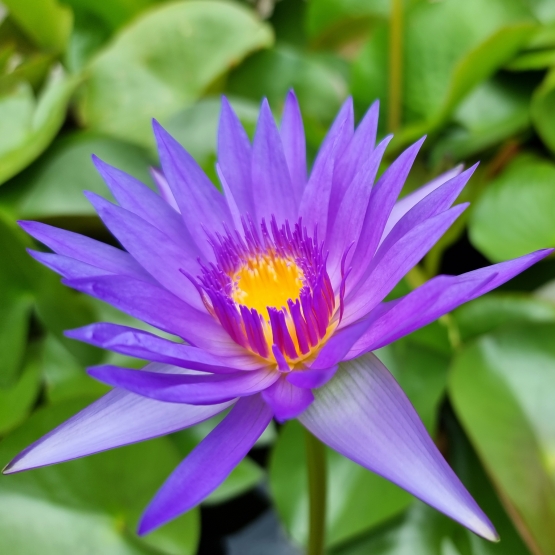
BARRIER, REHYDRATING AND SKIN REPAIRING ACTION
ALOE VERA GEL
Aloe vera gel is a remedy of choice for topical use. Acemannan, the main constituent of the phytocomplex, has a powerful anti-inflammatory action, assisted by other active ingredients such as salicylic acid and veracylglucans. Due to its high content of water and polysaccharides, Aloe vera gel has a strong moisturizing effect. As shown in clinical studies, it is able to reduce transdermal water loss thanks to the formation of a barrier at the level of the skin.
TEA TREE OIL
Obtained from the leaves of the tea tree (Melaleuca alternifolia), this essential oil contains more than 100 different components, mainly terpenes, which have strong antifungal and antibacterial properties and act in synergy with the Grapefruit Seed Extract, resulting in high antiseptic power. Tea tree oil also has an anti-inflammatory action, useful in limiting the production of substances that stimulate inflammation (such as TNF, IL-1, IL-10 and PGE2) by immune system cells fighting infection. Tea tree oil is recognized by the EMA as a traditional remedy for athlete's foot. Clinical studies also support its efficacy against seborrheic dermatitis, a condition in which the fungus Malassezia furfur plays an important role.
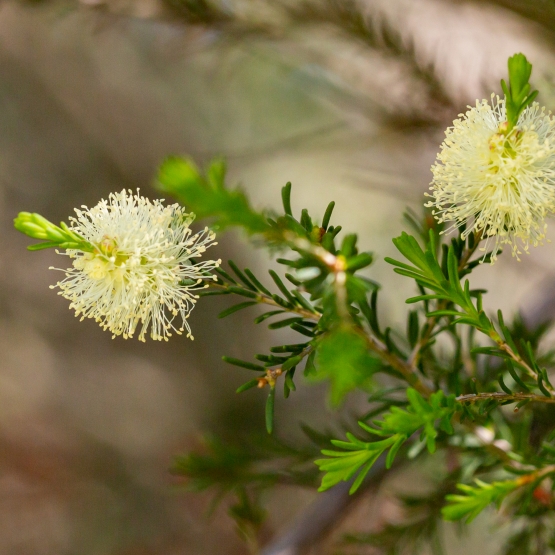
BLACK POPLAR EXTRACT
The extract obtained from the buds of Black Poplar is rich in a number of active ingredients that are particularly useful in dermatology. Traditionally used for insect bites and sunburn on account of its anti-inflammatory activity, which is due to the high concentration of salicin, the bud extract contains an abundance of flavonoids with antifungal and antibacterial properties, which the plant naturally uses to defend itself against pests. Strong antioxidant effects have also been reported, which are useful in reducing the levels of free radicals and slowing skin aging.
HYDROLIPIDIC FILM REBALANCING AND SOOTHING ACTION
WHEAT GERM OIL
An oil with a very high concentration of Vitamin E, lecithin, unsaturated and polyunsaturated fatty acids, making it a perfect source of nourishment for the skin and ideal for restoring the good health of the irritated and sensitized epidermis, thanks to its ability to adequately moisturize it and form a protective barrier over the skin. The antioxidant action of Vitamin E prevents and counters the activity of free radicals at the skin level.
OLIVE OIL
Rich in polyunsaturated fatty acids, it also contains an unsaponifiable fraction (squalene, tocopherols, Vitamins A, D, E and K) strongly related to skin sebum, which makes it a remedy of choice for rebalancing the skin's hydrolipidic film. Thanks to its composition, it is of great use as a skin-protective agent in cosmetic preparations, as it combines emollient and nourishing effects, replenishing the skin sebum and rebalancing the skin's hydrolipidic film. It also stimulates the restorative processes of the epidermis and dermis, a useful function when infection is accompanied by skin desquamation.
BARRIER ACTION
VEGETABLE WAXES
Thanks to their lipophilic, non-occlusive nature, Sunflower Seed Wax and Acacia Flower Wax (also known as Mimosa Wax) effectively contribute to decreasing transepidermal water loss, thus exerting an exceptional barrier effect. Acting in synergy with the oils in the formulation, they form a special water-in-oil emulsion, which, in addition to promoting an optimal level of skin hydration and the maintenance of the barrier function, offers a valuable technological solution by ensuring the bioavailability of the other active ingredients present.
ALMOND OIL
Sweet Almond oil is particularly suitable for sensitive skin because, in addition to being rich in fatty acids that form a protective hydrolipidic film, it is also rich in important nutrients such as B vitamins (B1, B2 and B6), vitamin E, proteins and mineral salts (Zinc, Iron, Calcium, Magnesium), thus having important emollient, elasticizing, nourishing and soothing properties for itchy skin.
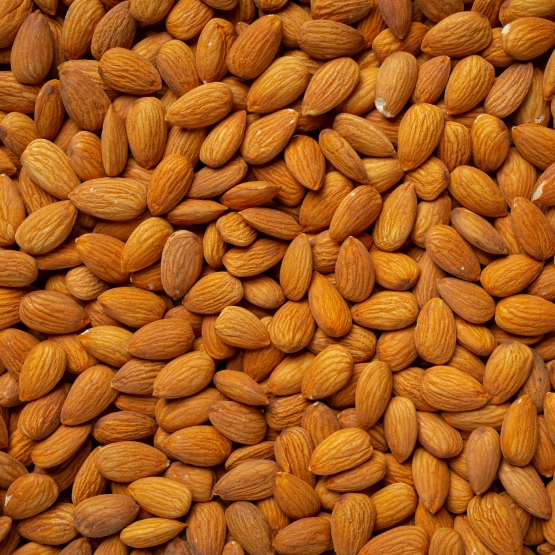
WHEAT GERM OIL
An oil with a very high concentration of Vitamin E, lecithin, unsaturated and polyunsaturated fatty acids, making it a perfect source of nourishment for the skin and ideal for restoring the good health of the irritated and sensitized epidermis, thanks to its ability to form a protective barrier over the skin.
ANTI-INFLAMMATORY, SOOTHING AND EMOLLIENT ACTION
MARIGOLD EXTRACT
The extract obtained from the flowers is rich in valuable functional ingredients, such as triterpene saponins, flavonoids, polysaccharides, essential oil, mucilages and carotenoids: a very rich phytocomplex with anti-inflammatory, hemostatic, tonic and re-epithelizing properties. It is also an excellent emollient and soothing agent with a cooling effect, which makes it ideal for giving relief to the irritated skin in children.
CHAMOMILE EXTRACT
It has been known since ancient times that the topical use of this extract has beneficial effects for health: it has strong anti-inflammatory action as a result of containing chamazulene, together with an antibacterial and decongestant effect thanks to alpha-bisabol. It also has a mildly sedative, analgesic and wound healing effect.
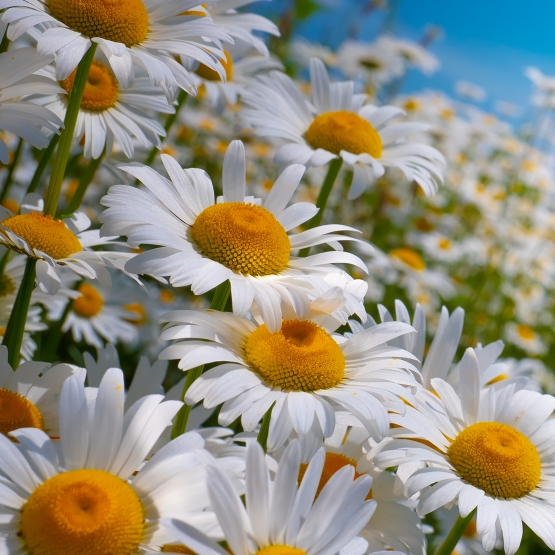
VITAMIN E OF NATURAL ORIGIN
A highly fat-soluble compound able to penetrate to the deepest layers of the skin, protecting it from damage by free radicals and promoting the absorption of the other functional ingredients in the formulation. It has excellent soothing, moisturizing and re-epithelializing effects.
MOISTURIZING, EMOLLIENT AND REFRESHING ACTION
GREEN TEA EXTRACT
The polyphenols contained in Green Tea have a general antioxidant action, protecting the skin from damage induced by free radicals, chemicals, environmental pollution, radiation, ultraviolet rays, bacteria and viruses. Green Tea extract has also been shown to have a strong moisturizing effect due to its vitamin, protein, and carbohydrate content, improving water retention in the stratum corneum and thus maintaining soft skin.
RICE STARCH
Derived from rice grains, starch has a broad tradition of use in cosmetics. Rice starch is rich in Vitamin D and in valuable minerals such as Zinc, Potassium, Magnesium, Calcium and Iron. It exerts a soothing and cooling effect on the skin, useful for calming itchiness and irritation. It is also an excellent moisturizer, useful in cases of dry and dehydrated skin. Due to its absorbent action, it is helpful for oily skin with excessive sebum production. It is optimal for use in children, as it is not dangerous when inhaled.
OAT FLOUR
The flour obtained from Oat seeds features a complex of polysaccharides and proteins with exceptional moisturizing and emollient properties, which is highly effective in soothing irritation and itching. Very gentle on the skin, it is particularly suitable for sensitive skin, including in children.
LIFESTYLE - NUTRITION - SKIN
It used to be a matter of personal belief, but now there is a growing body of scientific evidence confirming that nutrition is a pivotal element that can influence the evolution of health. Overly strict or high-calorie diets, the consumption of industrially processed foods rich in unhealthy fats and the excessive consumption of foods with a high glycemic index and high sugar content can have negative effects on the appearance of the skin.
Table with a list of the main "enemies" of irritated, inflamed, acneic skin
| FOOD | EFFECT |
| High glycemic index products such as refined carbohydrates (white rice, white bread and pasta, simple sugars in carbonated drinks, industrial snacks, white sugar, etc.) | They favor the onset of certain skin disorders such as acne, by raising the glycaemic index |
| Alcohol (especially spirits and highly sweetened cocktails) | On one hand, alcohol causes the blood vessels to dilate, leading to redness and loss of firmness; on the other hand, sugar exacerbates the inflammatory state. In the long term, alcohol can overload the liver function, which no longer ensures adequate removal of toxins, leading to the accumulation of waste that can make the skin appear dull and pallid |
| Fast food, pretzels, chips, snacks, nuts, butter, cheese, red and processed meat (cold cuts, sausages, hot dogs, etc.) | These are foods rich in fats that exacerbate the inflammatory state and overload the body with toxins |
The main indication for skin well-being is a conscious and balanced choice of foods
The main "friends" of the skin
| FOOD | A MAJOR SOURCE OF | EFFECT |
| Blue fish, flax seeds, chia, hemp oil, flaxseed oil, etc. | Omega 3 fatty acids |
They reduce inflammation as a result of their antioxidant and anti-inflammatory action
|
| Red fruits such as blueberries, raspberries, blackcurrants, blackberries, etc. | Antioxidants | They protect and strengthen small blood vessels and capillaries including those of the face |
| Blueberries, raspberries, lemons, green leafy vegetables (broccoli, cabbage, artichokes, arugula), etc. | Vitamin C | They stimulate the production of collagen, a molecule that promotes tissue repair and protection of the skin from damage caused by pollution and UV rays |
THE BENEFITS OF
- ORANGE, YELLOW AND RED COLOURED FRUITS AND VEGETABLES such as carrots, apricots, pumpkin, red beet, etc.: these are foods rich in beta-carotene, an antioxidant molecule that hinders the production of free radicals, helps shield the skin from sunlight and air pollution and also has an anti-inflammatory effect.
- EXTRA VIRGIN OLIVE OIL, AVOCADO OIL. These are foods rich in vitamin E with an anti-inflammatory and elasticizing effect on the skin.
- ADEQUATE PROTEIN INTAKE. A diet low in protein can cause dry skin and wrinkles. Protein sources to be preferred include: fish, legumes, white meat and eggs. Eggs are a complete food that should not be missing as part of a balanced diet.
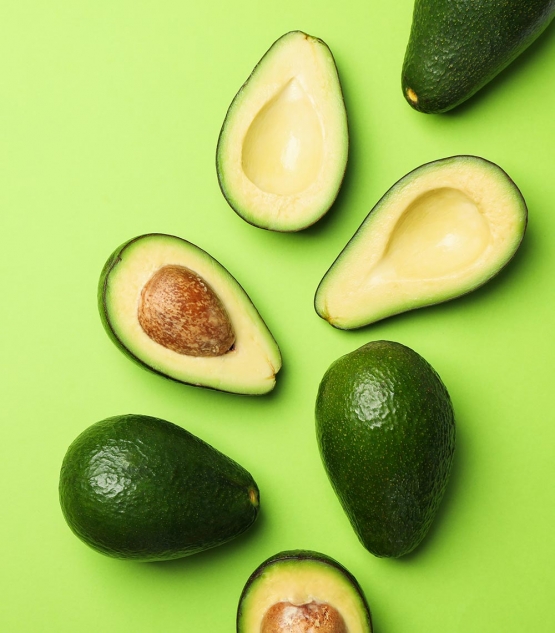
IMPORTANT:
- DURING ACUTE ILLNESS, SUCH AS IN THE CASE OF ATOPIC DERMATITIS, IT IS ALSO RECOMMENDED TO LIMIT FOODS THAT ARE SOURCES OF HISTAMINE AND/OR CAUSE HISTAMINE RELEASE
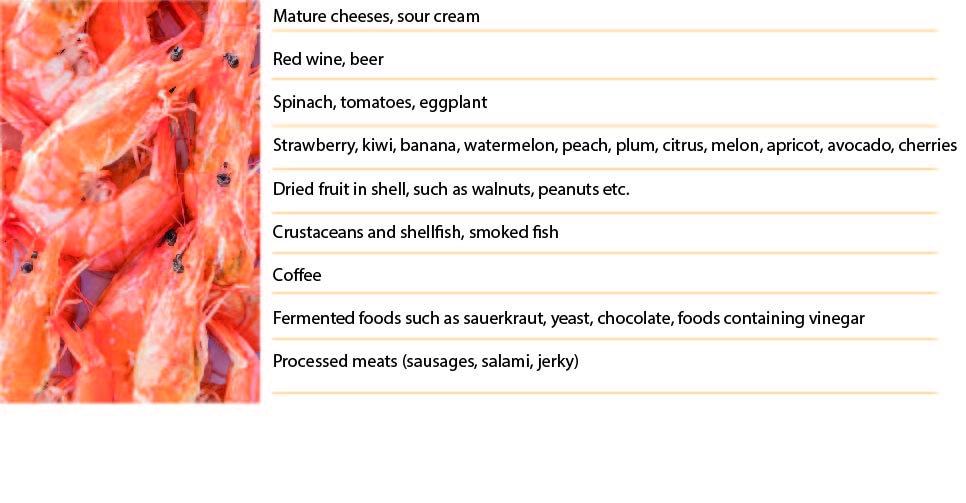
- THE ADVICE GIVEN IS NOT SUITABLE FOR INDIVIDUALS WITH PSORIASIS, FOR WHICH DIETARY TREATMENT MUST BE MANAGED DIFFERENTLY
- consuming foods of organic and/or 0-km origin
- in accordance with the above advice, following a varied diet, favoring the consumption of fruits and vegetables, preferably in season, easily digestible proteins (small fresh fish, white meat, eggs), legumes, pumpkin seeds, sunflower, flax, chia, etc., walnuts, almonds, hazelnuts, etc.c
- consuming cereals, preferably whole grain but not only, because in some cases fiber prevents the absorption of minerals and other nutrients, semi-wholegrain cereals and pseudocereals (quinoa, buckwheat, amaranth)
- preferring foods that are sources of omega-3 fatty acids, such as flax oil, hemp oil, oily fish (mackerel, sardines, sardines etc.), chia seeds, flax seeds, etc.
- staying adequately hydrated. Water requirements vary from individual to individual and change according to different lifestyles, type of activity and diet. An adult should generally drink 2 liters of water per day to maintain good health. Water is an essential element for the body because it regulates various biological functions. Therefore, it is important to maintain proper hydration, especially during the summer season, during sports activities and in all situations in which a lot of fluids are lost.
- avoiding abuse of gluten-containing foods, packaged foods and fried foods
- limiting sugar, sugary drinks, refined grains (white bread, white pasta, white rice, etc.)
- avoiding hydrogenated fats, limiting red meat, milk and its derivatives, and salt. When consuming them, prefer those of high quality
The notions and advice offered herein are for educational purposes only and cannot under any circumstances replace medical advice. For a complete diet, it is necessary to consult a nutritionist, who, after appropriate clinical and instrumental examination, will be able to identify the needs of the person concerned and put together a personalized diet plan.